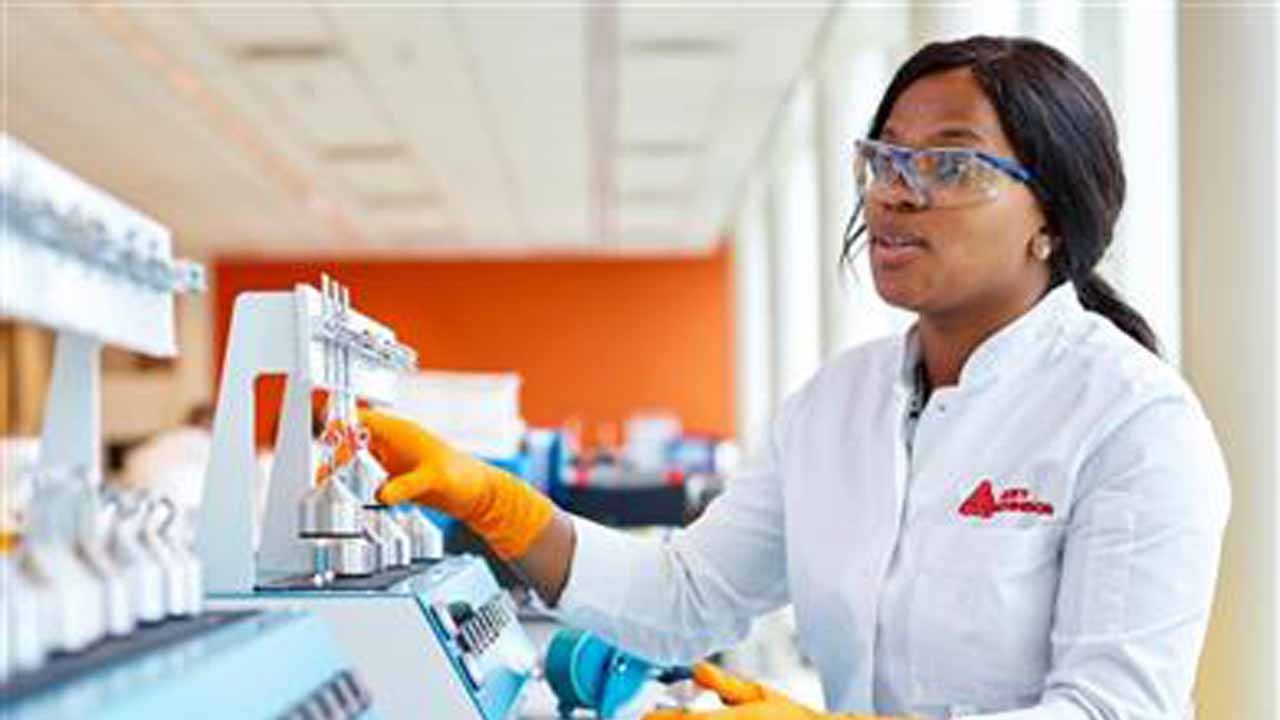Avery Dennison hotmelt adhesives certified for bio-based content
The certification guarantees that these adhesives contain a minimum of 20 percent renewable raw materials

Avery Dennison Labels and Packaging Materials Europe’s vast majority of rubber-based hotmelt adhesives have been certified for bio-based content by renowned European certifying body TÜV Austria. The certification guarantees that these adhesives contain a minimum of 20 percent renewable raw materials, and reflects the company’s commitment to continue using renewable content in its products.
Demand for products based on renewable raw materials is growing with increased environmental awareness among consumers. Rubber hotmelt adhesives, used in applications such as shipping and logistics, are no exception. TÜV Austria offers its ‘OK biobased’ certification as an independent guarantee of the percentage of renewable content in products. Products can be certified as one-, two-, three-, or four-star bio-based, depending on their content.
The new certification applies to 98 percent of Avery Dennison’s rubber-based hotmelt adhesive volume. Most adhesives, such as S2045N, S2047N, and TS8000, received the 2-star certification (guaranteed minimum of 40 percent renewable content), while adhesives S2065N and C2075N received a 1-star certification (minimum of 20 percent renewable content). Note that the adhesive formulations remain unchanged.
‘Getting this certification reflects our ongoing efforts to become a more sustainable supplier,’ said Maarten Zubli, marketing manager paper and variable information products at Avery Dennison. ‘More importantly, it will help us support brand owners in their own journeys to become more sustainable by raising awareness of opportunities to use bio-based adhesives in their packaging.’
Alena Maran, Avery Dennison's director of marketing strategy and sustainability, added: ‘Increasing our use of recycled and renewable content is a major pillar of our sustainability strategy. This certification demonstrates our commitment to developing even more sustainable solutions and doing our part to advance the circular economy.’
Stay up to date
Subscribe to the free Label News newsletter and receive the latest content every week. We'll never share your email address.

